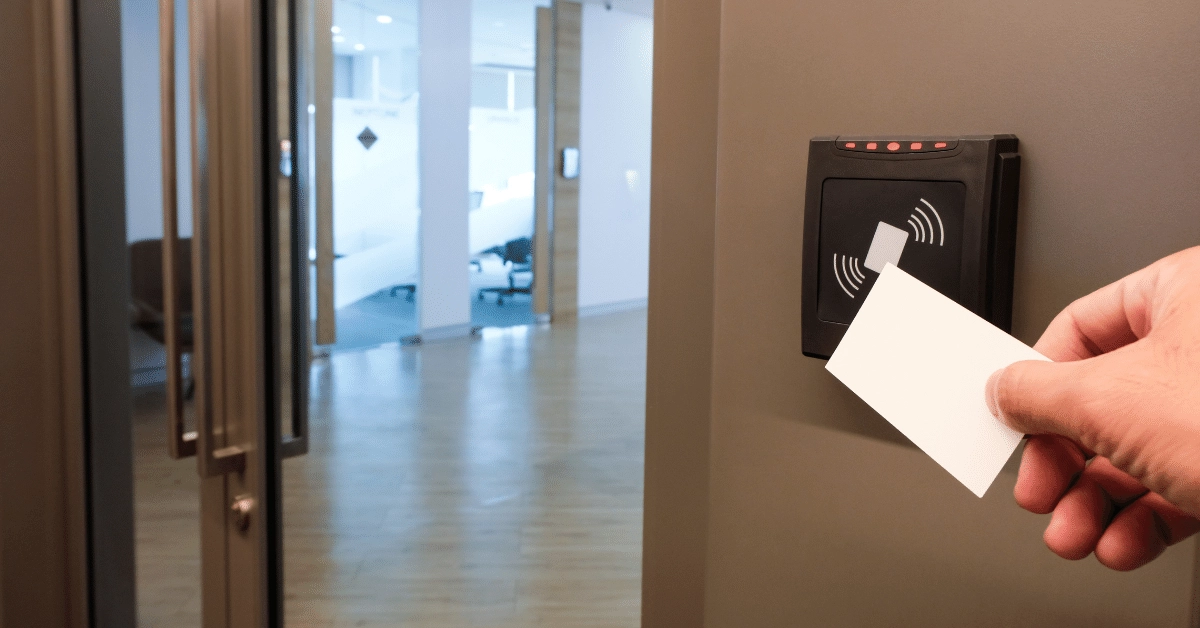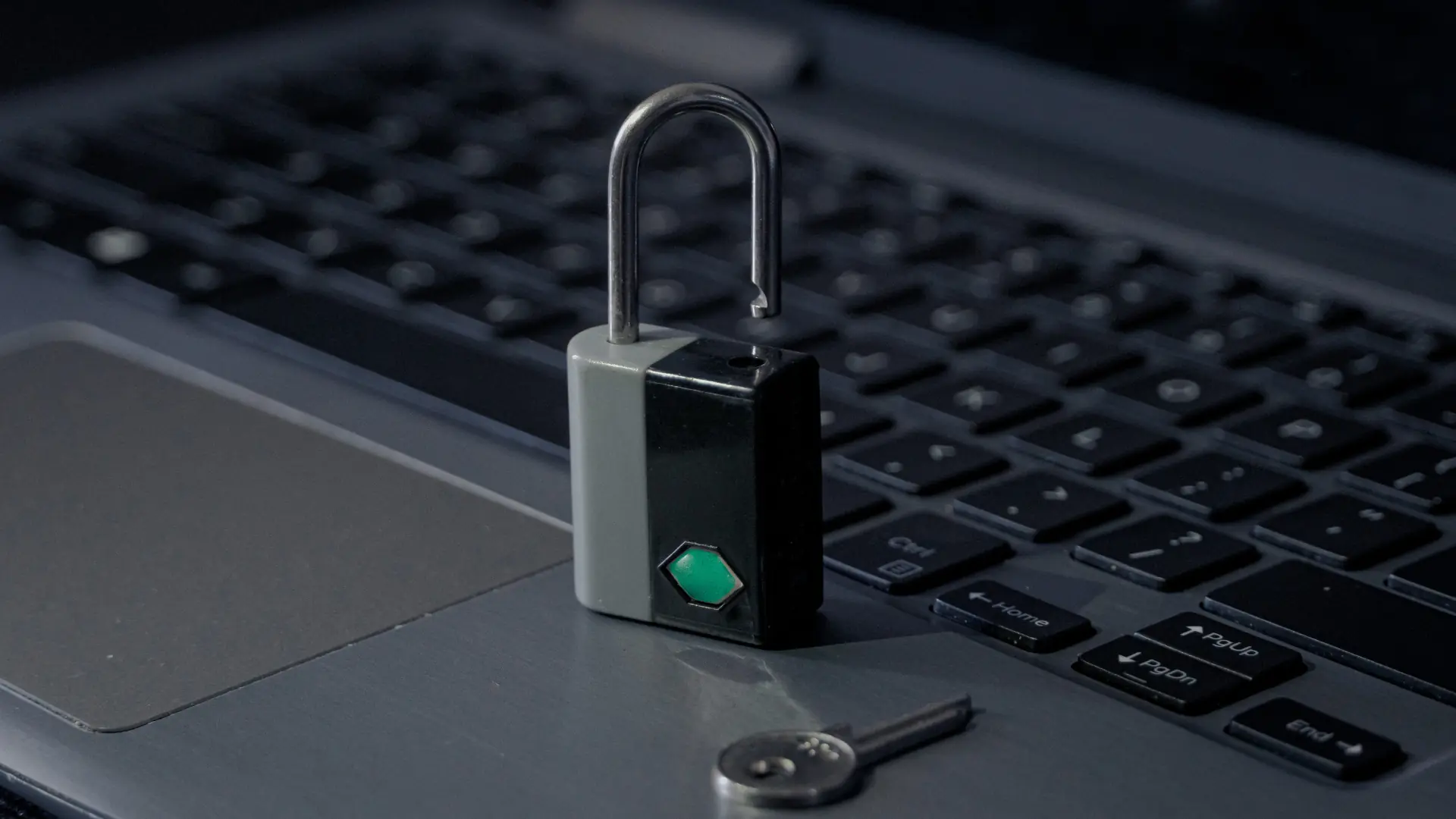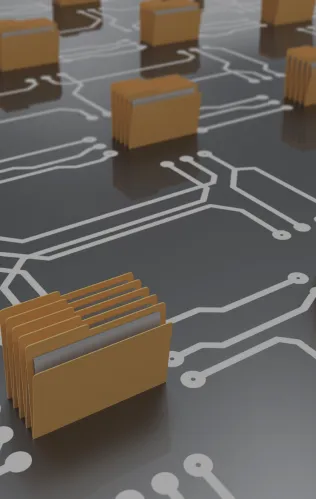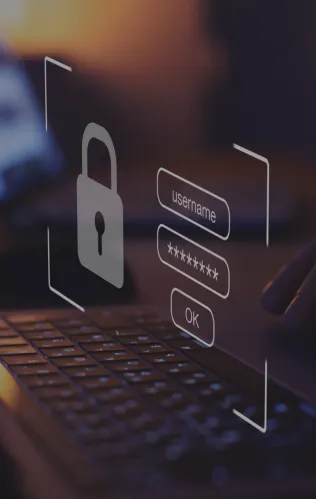Education is an essential part of any modern society around the world and as a result, it transformed educational institutions, as well as the managerial and organizational approaches to schooling. Technology has come up with several innovative solutions in order to simplify certain functions. The educational technology commonly referred to as EdTech has influenced the mode of teaching and learning. A few years ago, there were computer labs in school and college premises but now classrooms have been converted to an advanced digital space with versatile learning tools that have changed the way of education entirely. Even with the doubts, technology has managed to reach its potential for the improvement of the education sector.
One of the most revolutionary technological implementations in education is probably the introduction of RFID systems. RFID has been around for many years, in airports, hospitals, libraries and lately it has been inserted into educational environments as well. There has been growth in RFID usage simply because of its many benefits.

What is RFID?
Radio-frequency identification (RFID) are devices that use electromagnetic fields to automatically identify and track tags attached to objects. The tags contain electronically stored information. Passive tags collect energy from a nearby RFID reader’s interrogating radio waves and they interpret signals. These signals are being collected and transformed into valuable data that can help the managerial process of educational institutions. RFID enhances the overall security of students as well as other places where constant supervision of adults is required.
How it works
Every RFID system consists of three components: a scanning antenna, a transceiver and a transponder. Usually, every student, teacher or parent related to the institution is given an RFID card. In certain locations around the school campus, there are certain antennas in order to check for these cards every time this area is being accessed, for example, the library, a classroom or the school in general.
The antennas will be connected to RFID readers and a power source through a well-planned grid of power cables and communication cables. The RFID readers are then connected to a computer in order for the information to be stored and processed in a database. This computer will be connected to a student information system like Classter where you can manage this data any way you need.
Types of RFID tags
RFID tags are made up of an integrated circuit, an antenna and a substrate. The part of an RFID tag that encodes identifying information is called the RFID inlay.
There are two main types of RFID tags: active RFID and passive RFID. An active RFID tag has its own power source, often a battery. A passive RFID tag, on the other hand, does not require batteries; rather it receives its power from the reading antenna, whose electromagnetic wave induces a current in the RFID tag’s antenna. There are also semi-passive RFID tags, meaning a battery runs the circuitry while communication is powered by the RFID reader.
Benefits of RFID integrated with an SIS
- RFID tags can be extremely durable against impact and environmental factors. An RFID system is a modern piece of technology. The technology contained in an RFID system is highly advanced and innovative. This technology makes any loss of documents of theft or even environmental distraction impossible.
- RFID tag data are encrypted and can also be locked for extra security. An RFID system provides security to the daily operations of the school staff as well as to the students. Since attendance is monitored via RFID, no student can get in or walk out of the school without the institution taking notice. This information is immediately transferred to the parents, so any risk regarding student safety is has been diminished.
- RFID tags can hold more data than other types of tags or labels RFID systems contain huge storage capacity in order to store available information. No limit to how many people can be stored and therefore no worry about not having the space to process information.
- RFID readers can read hundreds of tags within seconds, RFID is an extremely fast technology that can bring solutions in seconds. Without an automated RFID solution, each of the updates must be manually entered into the student information system in order to communicate with the parents. With RFID solution all the location data is captured and communicated to the student information system instantly. Also, RFID tags can have information printed on them like instructions, barcodes, or institution names
- RFID systems can be integrated with other internal systems or processes. This solution can be easily integrated with any school information system like Classter, which can bring easy and immediate processing of the information along with other functions.
- Better Academic Performance: It is proven that schools that monitored their attendance had better overall grades when compared to schools that didn’t. When students know their attendance is tracked live and communicated to parents instantaneously, this will minimize some disciplinary issues.
- Insight into unregulated areas of the school. Places like libraries, the school canteen or even places that students are not allowed, now can be tracked with the help of the RFID system and so administration may act accordingly.
To sum up, the RFID attendance system is an incredibly useful tool for educational institutions that can enhance several monitoring functionalities. Classter All in One Student & Learning Management System strives for constant innovation and can integrate with the latest RFID technology.
FAQ’s
An RFID attendance system utilizes radio-frequency identification technology to track students’ attendance, enhancing security, efficiency, and communication within educational institutions.
RFID technology employs scanning antennas, transceivers, and transponders to detect RFID cards carried by students, teachers, and staff, enabling automatic attendance tracking and real-time data processing.
Yes, Classter’s flexible architecture allows seamless integration with RFID attendance systems and other emerging technologies, enabling schools to leverage innovative solutions for enhanced monitoring, security, and efficiency.












